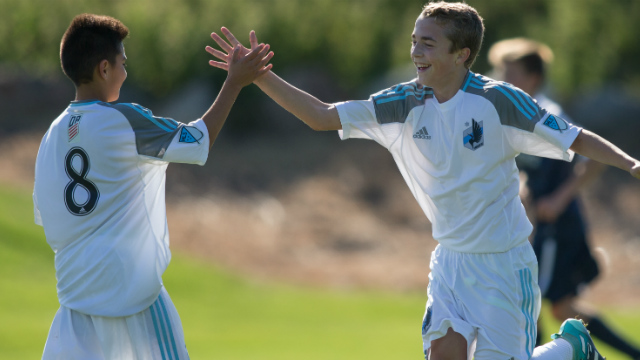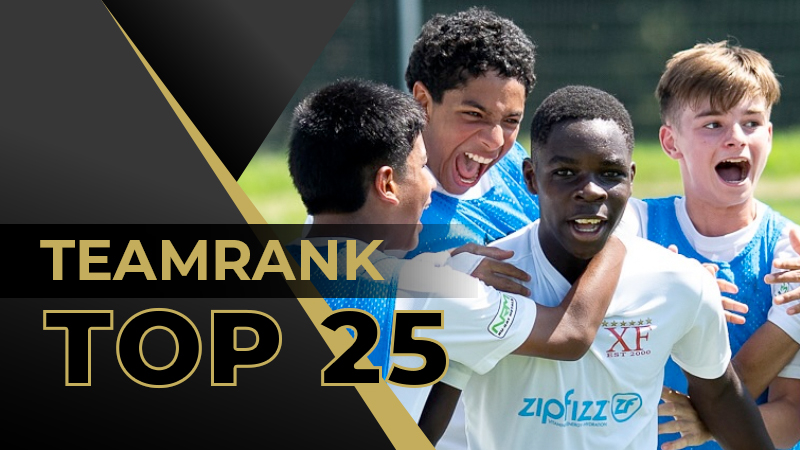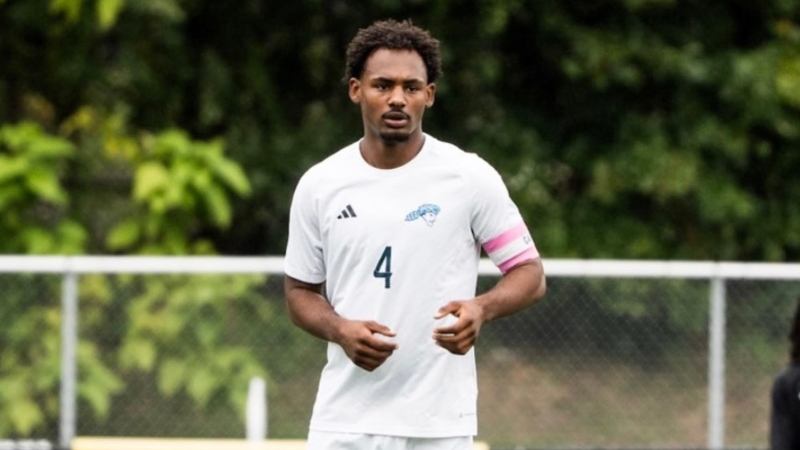How an MLS academy comes together

For many years, youth development was a major bugaboo for soccer in the United States. Every program had its own methods of youth development — and every program fit into a different structure, if it wasn’t independent altogether. For a while, this led to some indecipherable chaos, not at all dissimilar to the coming and going of professional leagues in the country.
As MLS stabilized, so did the practice of MLS academies. In 2007, U.S. Soccer created the Development Academy (DA) model, aiming to cut down on the number of outright games played, focus on increased/improved training and allow for games to be more meaningful by aligning with international rules of competition.
Many clubs have used this DA program to great success, with programs of FC Dallas, New York Red Bulls and Atlanta United already receiving a steady number of senior-team signings. In some ways, it’s a case of building a better mousetrap: once one method is proven to be successful, many others will merely tweak the formula to create their own flavor.
When Minnesota United FC was announced as an expansion team in 2015, it did not have an academy. In September 2016, with the team’s MLS entry officially set for the following year, Minnesota signed Tim Carter as its academy director. Carter came from Shattuck-St. Mary’s, a Faribault-based program which balances academic and soccer excellence. Per the club’s website, Carter also holds a USSF “A” License and holds licenses in the Netherlands, England and Alliance of European Football Coaches Associations.
Headlines
- Recruiting Roundup: December 22-January 4
- Vote for Men's College Soccer Best Goal
- 2026 Women's Division I Transfer Tracker
- Vote for Women's College Soccer Best Goal
- TDS Fall High School Boys Best XI
- TopDrawerSoccer TeamRank Update - Boys
- TDS Fall High School Girls Best XI
-
Commitments: Decided on Delaware

- TDS Girls Regional Rankings: Class of 2027
-
Draft Picks Who Can Make MLS Impact




